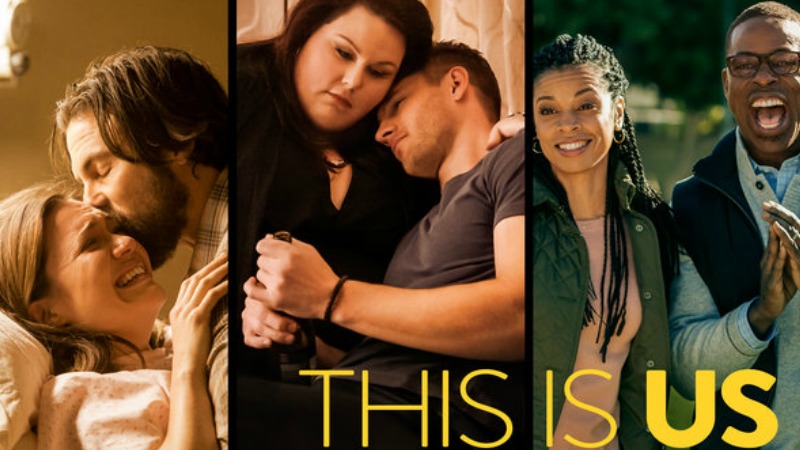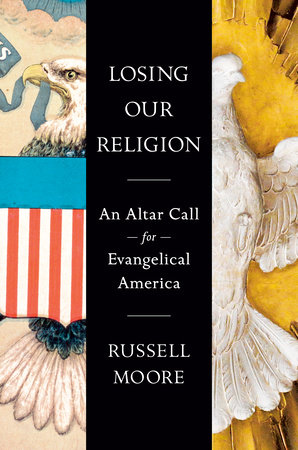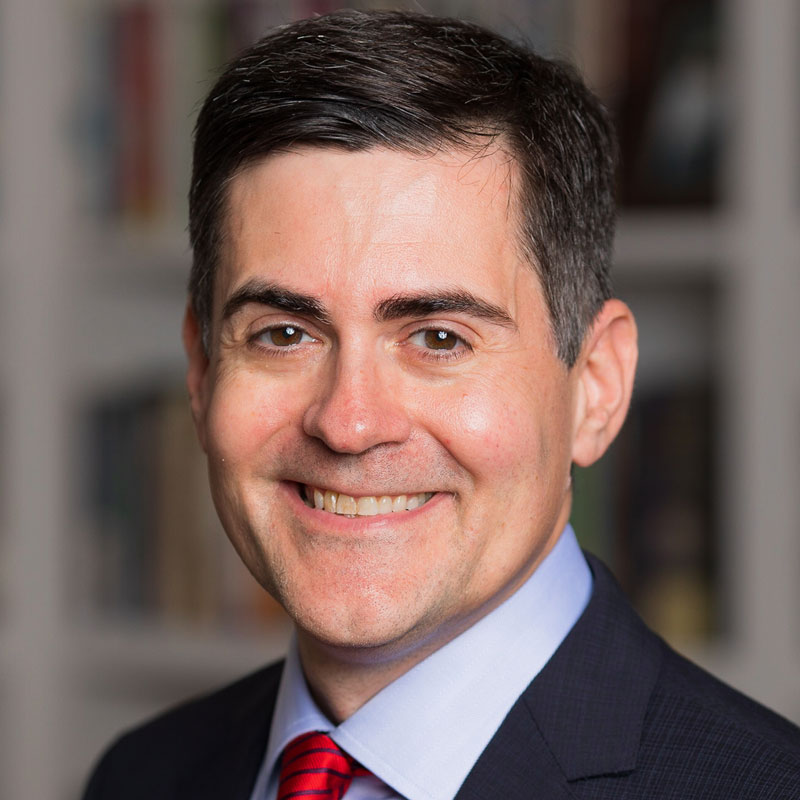The SpongeBob controversy is now behind American evangelicals. But, before we get too far beyond it, perhaps we should ask: what happened here? If all one knew about the controversy was what one heard on CNN and other media outlets, one might think that Focus on the Family head James Dobson was a cantankerous conspiracy theorist. After all, isn’t calling SpongeBob a homosexual along the lines of earlier cranks who speculated about the sexuality of Bert and Ernie or Batman and Robin?
That is, until one reads what Dobson actually said about SpongeBob. His argument carried far more nuance, and more force, when read in context. No one is saying that there is a gay agenda behind every corner, but can we really deny that Dobson has a point? After all, the sexual revolution’s hijacking of our cultural heroes extends all the way to Abraham Lincoln—now supposedly a “gay” icon. So why should it not extend to an animated sponge? It is hard not to acknowledge that Dobson is on to something, no matter how his concerns are caricatured by commentators from Bill Maher to James Carville.
What if Dobson is right, and pop culture is intentionally using even the most benign of media, cartoons, to promote a worldview? The left-wing magazine, The Nation, recently asked why cartoons are such subjects of controversy for conservative Christians. The story looked at the SpongeBob controversy and at the ensuing discussion of “Buster Bunny” on PBS visiting a lesbian couple in Vermont. Incredibly, the magazine’s cover featured the image of SpongeBob crucified, quite possibly the most offensive image possible to evangelicals and Roman Catholics.
The answer to such things is not to become the conspiracy theorists the media falsely accuses Dobson of being. But evangelicals should listen to Dobson’s warning that every form of media should be interpreted through the grid of a Christian worldview—including cartoons. We should understand that every form of art, including animation, is coming from a set of presuppositions about the world. There is no objective standpoint from which an artist, including a cartoonist, can stand and interpret reality.
Dobson’s concerns about the makers of SpongeBob, and the even more troubling example of Buster and the lesbians, should remind parents of a responsibility to create an atmosphere in which the gospel is more compelling than moving images on a television screen. And it also means that churches should call and compel Christians to explore vocations in the arts—including in animation and cartooning. This means not simply to create a born-again version of SpongeBob, but to create art that sees the world through the grid of creation, fall, and restoration.
Until then, we really shouldn’t be surprised if Hollywood animators give us New Age environmental pantheism and gender ambiguity. After all, that’s the way our culture views the world. We really shouldn’t be surprised if the next generation has to endure The Intimate Life of Clark Kent and Jimmy Olsen. But that doesn’t mean that we have to soak it up, like pop culture sponges. Let’s understand what time it is, and let’s work for art that captures the true, the good, and the beautiful—even on Saturday mornings.






